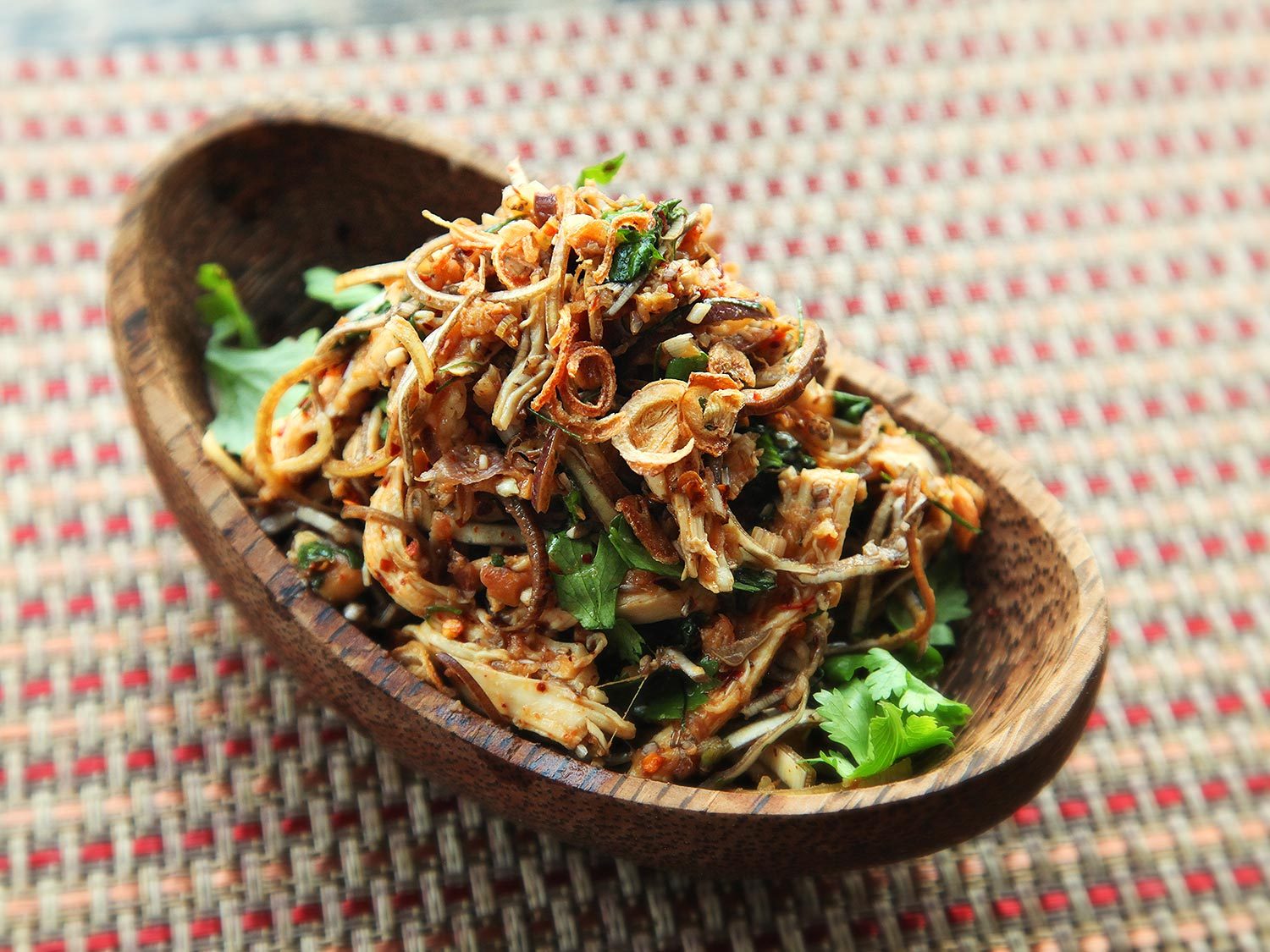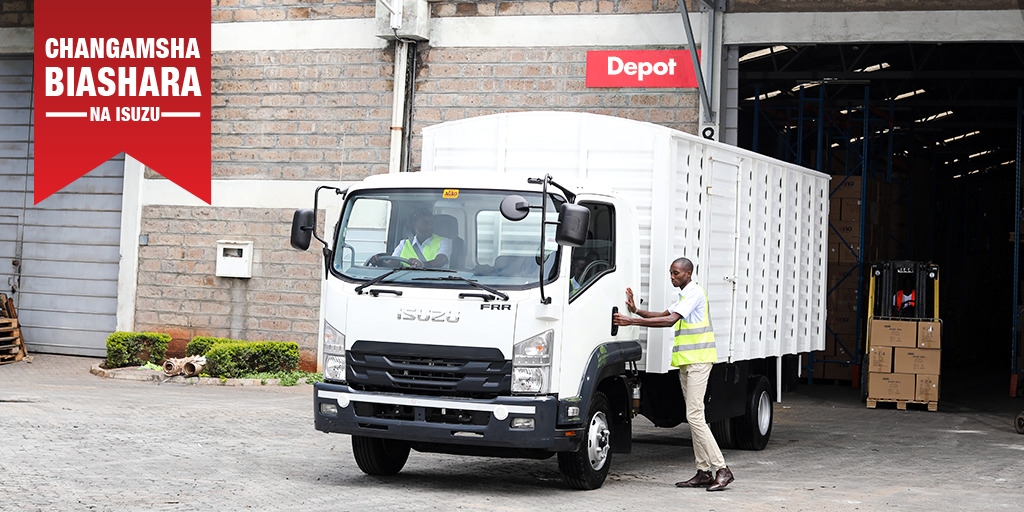Did you know that the discarded Banana Blossom is a super food, and an expensive delicacy?
It’s astonishing, how little you know about the basic banana tree. Or, the fruit, even.
For instance, what’s the little strings inside a banana?
The little strings are called phloem bundles.
Do you know the actual name for the banana flower? The cylindrical part that grows forth through the stem, forms part of the stalk that holds the fruit and then peels off in layers as the fruit ages?
It’s called the Banana Blossom.

In most cases, this part of the banana tree is discarded as waste, or set aside as animal feed. It escapes a lot of folks -but the banana blossom is a delicacy, and a delicious meal.
These are the simple steps:
Ingredients:
Banana Blossom
Vinegar, or, lemon juice (2 lemons)
The steps:
Wash the entire blossom.
Start opening the outer leaves one by one. Under each leaf you will find a group of long pale yellow flowers.
Keep repeating the first 2 steps: open the leaf, collect flowers, and discard leaf. While peeling, the leaves will get softer and paler in color and the flowers will get smaller – as the blossom peels.
Put in a bowl, add cold water, lemon juice or vinegar to avoid discoloring.
Pick a flower, open, by pulling the feathery plastic like petal back, you’ll find the matchstick like stem inside the flower. You have to remove it, otherwise your blossoms will be hard and bitter.
Open the flower by gently rubbing the end of it in between your fingers and gently push the petals back. Do this for all that you can. The flowers closer to the heart will get smaller and smaller and will get harder and harder to clean. When you can’t clean anymore, just separate the flowers.
Discard the match-stick like part, keep the flower. These are ready to cook, as you’d cook any other salads – or, vegetable like the spinach.
While the banana fruit remains a fast-moving commodity, and the crop remains a huge income earner for most communities in Kenya – there’s a huge challenge in transport logistics – between the producer and the consumer in towns.
There’s considerable wastage and business losses incurred in unprecedented delays along the route, either from dishonest transport agents or mechanical breakdowns.
There’s been an effort by a leading regional bank to even out the playground for traders – especially those dealing with perishable fruits and vegetables.
Co-op Bank has renewed a vehicle financing deal financing deal that is set to empower such traders – either as individuals or registered groups.
The Biashara Iendelee campaign deal gives clients up to 95% funding on selected vehicle brands to boost Micro, Small and Medium Enterprises (MSMEs).
These are versatile lorry and pick-up trucks ideal for business, from Isuzu Kenya and Simba Colt.
For Isuzu, models available are: Pickups – TFS & TFR series. Trucks: N-series Models – NHR, NKR, NQR, NPR; Isuzu F-Series models – FRR, FSR.
For Simba Colt, Co-op Bank clients can pick the versatile Mitsubishi Canter FE 71, 84,85CG, 85CH, Mitsubishi Trucks and assorted Mitsubishi Pickups.
If they wish, the clients can also apply for a Ksh.500,000 working capital facility to ride out the crippling Covid-19 season. Other exciting perks is the 60 day loan-grace-period, a negotiated motor vehicle insurance cover and the longest, flexible re-payment periods in the market – 5 years.
There’s really no need for a trader to incur losses due to delayed transport from the farm to the market – NO MATTER THE DISTANCE!






